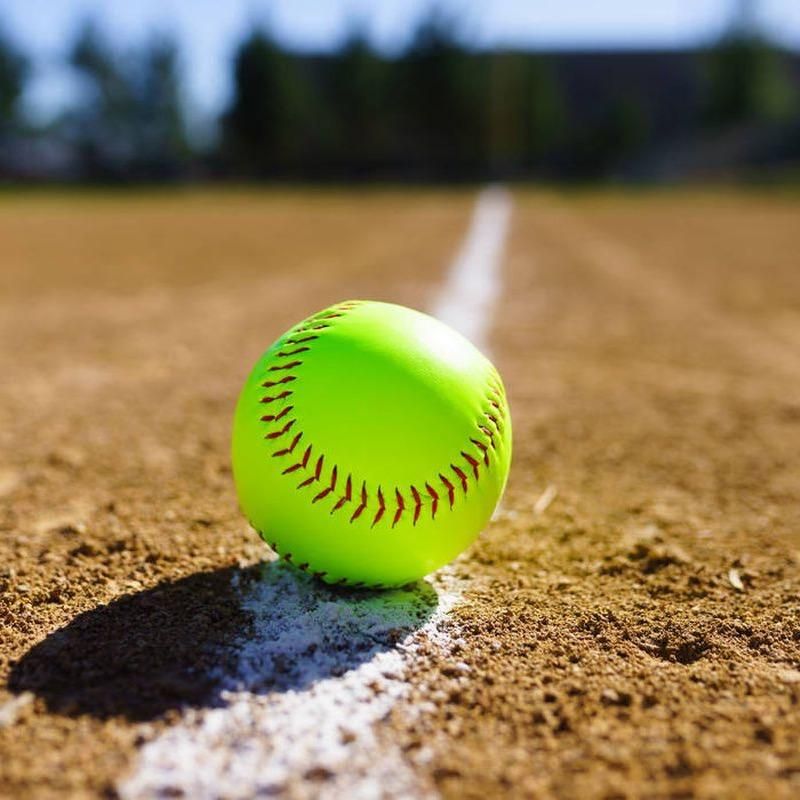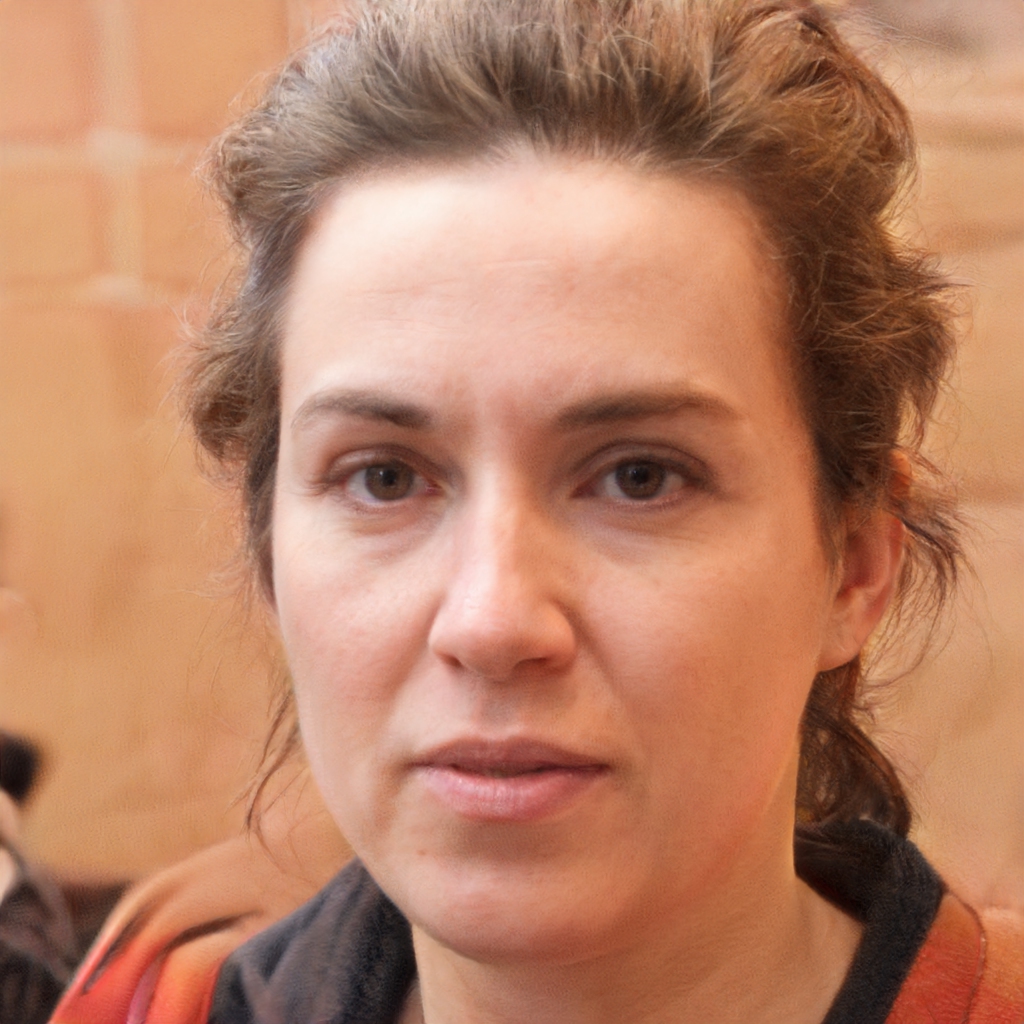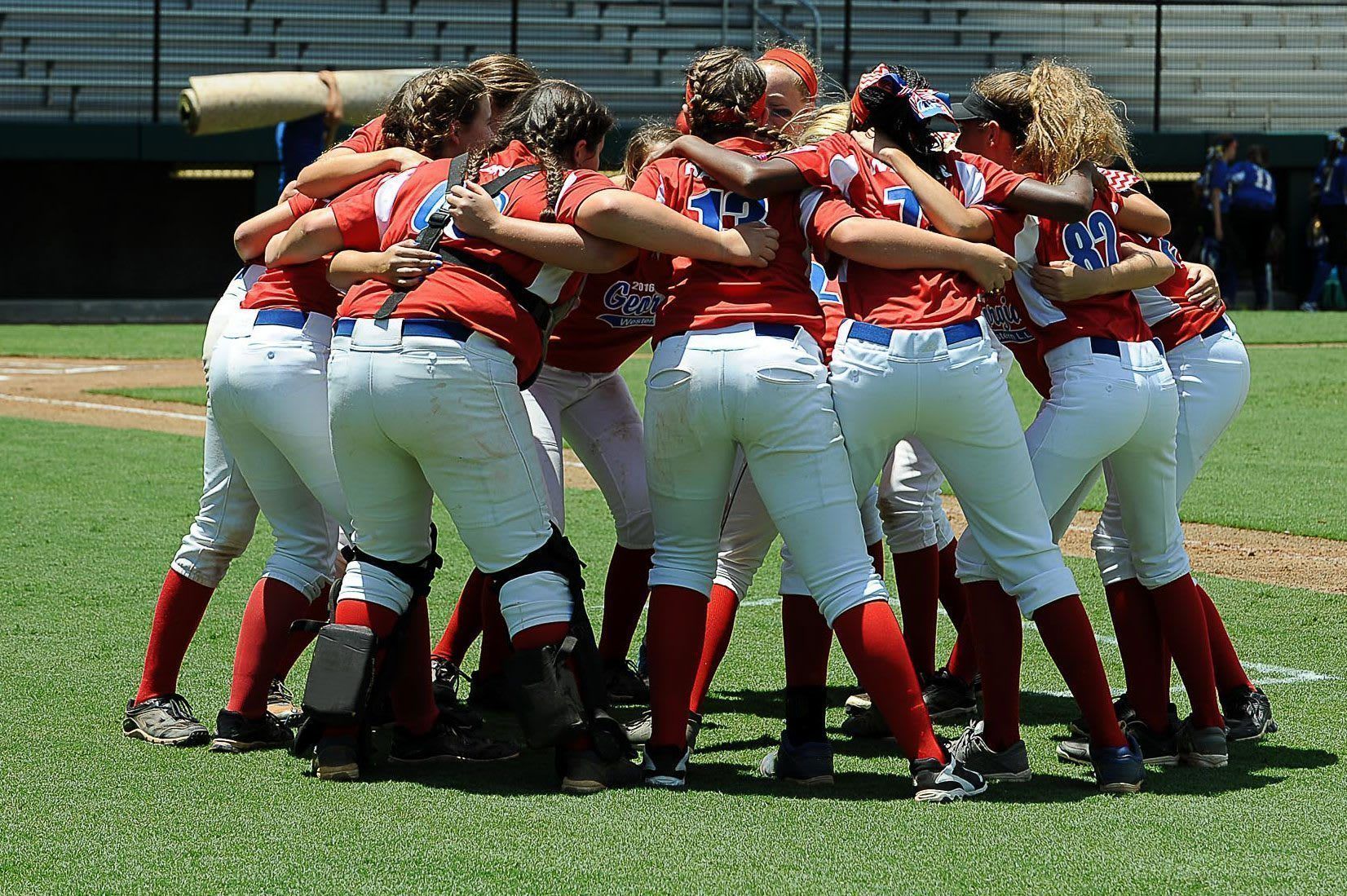Softball Betting and Sports Associations
In the early years, softball was played at the amateur level, among friends. Over time, with the sport's growing popularity, various leagues began to appear, including in Canada, such as the Canadian Softball Association. The manifestation of the great interest of many people and the transition from amateur to professional level began to attract those interested in betting on sports. So now, Softball betting is done at the same level as many other sports that can be found on all of Canada's top gambling platforms, for example, one of the biggest in Canada, along with other online casino games. Although there aren't many significant games in the sport yet, there are still plenty of events in Softball associations and leagues that bettors take note of.
Canadian Amateur Softball Association
The Canadian Softball Association (Softball Canada) is a Canadian amateur association based in Ottawa, Ontario. It was formed in 1965 and has since evolved into one of the largest softball associations in Canada, serving as the governing body today.
This organization leads the development of softball with a focus on providing opportunities for participation in a positive, healthy atmosphere that is consistent with sportsmanship, being a directed athlete development program and promoting opportunities for success at all levels of competition. The association has four softball teams under its umbrella: the adult men’s and women’s softball teams and the junior men’s and women’s softball teams. All are nationally ranked and are active in international competitions.
All of the association’s professional development programs for coaches are internationally recognized. In addition, new programs are being developed that will promote the long-term development of softball players in Canada.
Although the association is non-commercial, it still has its board of directors. It is elected by the other associations located in the 12 provinces of the country. These are usually territorial organizations.




